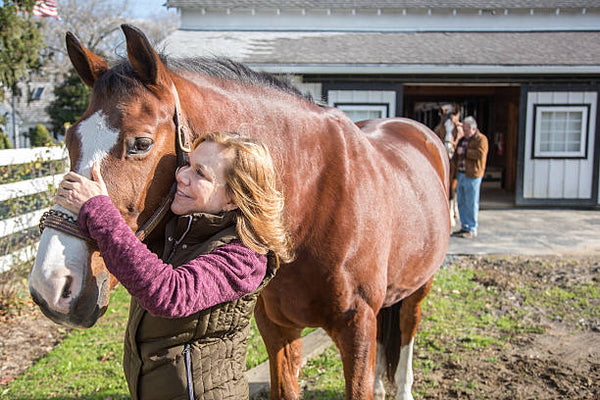Autumn presents the risk of laminitis to many horse owners. This year, the milder weather has been continuing right into November which means laminitis risk can be higher, Scientific Nutritional Products explain how you can prevent the condition…
Autumn weather usually brings a combination of sunshine and rain which in turn creates lush grazing. Laminitis is a severely detrimental condition which causes lameness and pain. In an affected horse the sensitive laminae of the foot weakens and becomes inflamed – in some severe cases the laminae tissue can actually tear which results in a rotation or drop of the pedal bone.
There are many causes for laminitis which include the use of steroids, stress, hormone imbalances, mechanical trauma or toxaemia but it is often thought to be caused by obesity and over grazing on pasture that is very rich in sugar and starch. Combined with a lack of exercise, it can be a very bad combination for horses and ponies as they cannot burn off and use the sugary starches provided to them hence resulting in laminitis.
What can you do to avoid Autumn laminitis?
- Try to avoid turning out all day while your grazing is particularly lush or maybe invest in a small flock of sheep to help keep your grass down! It is the fructan levels in grass that are harmful and they are particularly high after a cool night followed by sunshine.
- Soak your hay before feeding to your horse. This helps to reduce the starch and sugar content of forage so that you don’t have to necessarily reduce the quantity as soaking actually reduces the calories fibre source provides.
- Cut back your concentrate feed where you can and provide a vitamin and mineral supplement to ensure you are supplying all the nutrients that they need without adding excessive calories.
- Keep your horse working. Research has shown that horses and ponies that have regular exercise are at far less risk of suffering laminitis.
- Hoof care is crucial. Make sure your farrier is regularly trimming your horses feet to help build a strong hoof capsule with a balanced foot. A supplement such as Robust Hoof Supplement is recommended by farriers for encouraging healthy foot growth. Robust Hood contains essential Biotin, Methionine, Calcium, Lysine, Bioplex Minerals and MSM.
New Technology
A new phone app ‘Laminitis’ has been developed which offers a grazing risk monitoring service that alerts horse owners whenever their horse or pony is at a high risk of developing laminitis from trigger factors caused by grass sugars. This works by a hi-tech Grazing Risk Monitoring Service which gathers national weather station data which is then analysed to produce a risk index for a chosen location. The app is purely to act as an additional early warning tool and advise when grasses at the location that you have selected are likely to put your horse at risk. When this is indicated, via the app your horse should really have access to this particular area of grazing restricted. You can visit the Laminitis Risk website to find out more about this fantastic app.
If you suspect your horse may be developing Laminitis always contact your vet for advice before the condition gets worse.




